Roger Warin

Joined: 23 Jan 2013
Posts: 1243



|
 Posted: Jul 15, 2025 11:32 Post subject: Goesdorf mine (Luxembourg) Antimony Posted: Jul 15, 2025 11:32 Post subject: Goesdorf mine (Luxembourg) Antimony |
|
|
GOESDORF (L) – its historic antimony mine.
Already known in Roman times (the site is not far from Trier in Germany), the antimony deposit at Goesdorf is one of the oldest mines in the Grand Duchy of Luxembourg. The first concession dates back to 1527. Since 1997, the National Museum of Natural History of Luxembourg has been interested in the site and mineralogical research has been fruitful (see the MNHNL website).
In Goesdorf, antimony ore occurs in veins approximately two meters thick. They run east-west. Antimony is scattered throughout the veins, which are composed of skeletal quartz with areas of “salbandes” (compact clays). It occurs mainly in the form of stibnite (Sb2S3).
The sulfide mineralization in Goesdorf is the result of a low-temperature hydrothermal process (± 200°C) that formed minerals such as quartz, pyrite, stibnite, carbonates, and sphalerite. Minerals such as valentinite, senarmontite, sulfur, stibiconite, and gypsum were formed by supergene alteration (gossan-type oxidation reactions).
Working alongside researchers, amateur collectors patiently gather micromounts, which are so small that they are almost invisible to the naked eye. One of them, Jean Detaille (AGAB-Liège), asked me to photograph the invisible...
I took the opportunity to learn something new, as I was unaware of the existence of two dimorphic species of antimony oxide, senarmontite (Sb₂O₃) and valentinite (Sb₂O₃), which is another crystalline form (different unit cell structure) of the same chemical compound (more stable species > 570°C).
I had an excuse: Sb oxide does not form easily in nature, because Sb is a chalcophile element. In other words, sulfur is the mineralizing agent that extracts antimony from rocks in the form of stibnite (Sb2S3). Chemical affinities depend on the size of the elements (or their position in Mendeleev's periodic table).
Elemental sulfur also results from the alteration of the original ore.
Small needles of stibnite (Sb2S3) are also found.
| Mineral: | Stibnite |
| Locality: | | Antimonmine Goesdorf Mine, Goesdorf, Wiltz Canton, Luxembourg |  |
|
| Dimensions: | < 1 mm |
| Description: |
|
| Viewed: |
76 Time(s) |

|
| Mineral: | Stibnite |
| Locality: | | Antimonmine Goesdorf Mine, Goesdorf, Wiltz Canton, Luxembourg |  |
|
| Dimensions: | < 1 mm |
| Description: |
|
| Viewed: |
76 Time(s) |
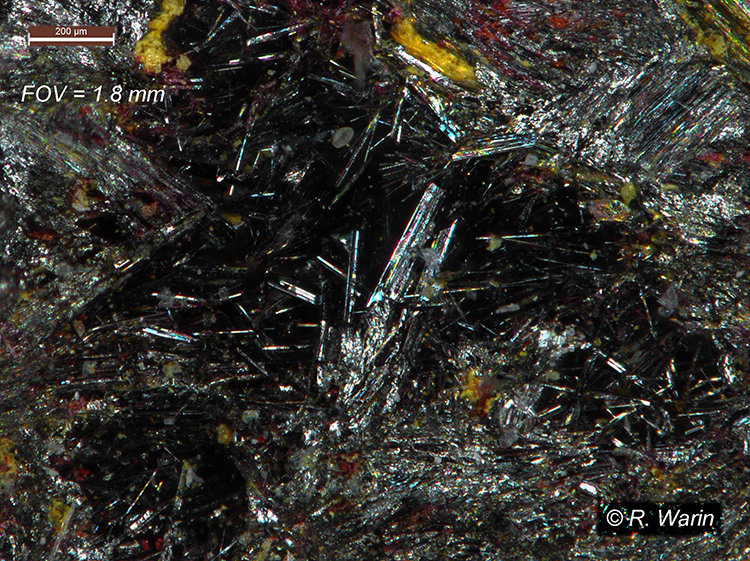
|
| Mineral: | Stibnite |
| Locality: | | Antimonmine Goesdorf Mine, Goesdorf, Wiltz Canton, Luxembourg |  |
|
| Dimensions: | < 1 mm |
| Description: |
|
| Viewed: |
76 Time(s) |
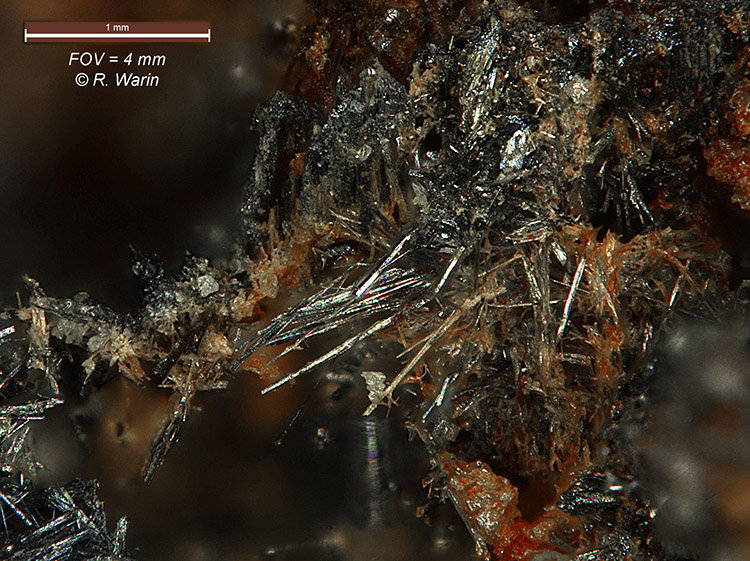
|
| Mineral: | Sulphur |
| Locality: | | Antimonmine Goesdorf Mine, Goesdorf, Wiltz Canton, Luxembourg |  |
|
| Dimensions: | < 1 mm |
| Description: |
|
| Viewed: |
77 Time(s) |
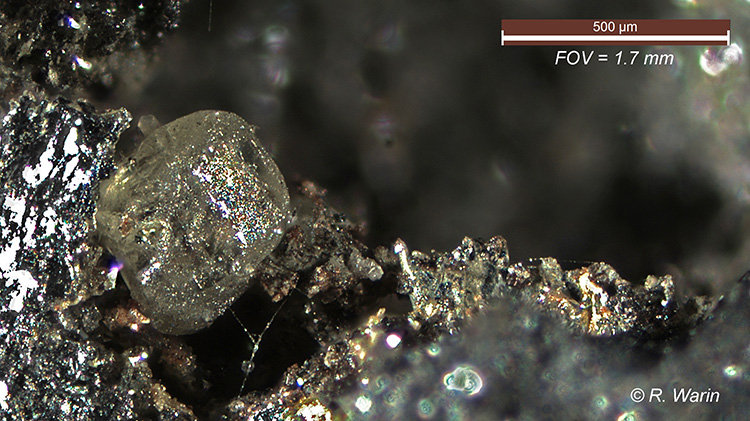
|
| Mineral: | Sulphur |
| Locality: | | Antimonmine Goesdorf Mine, Goesdorf, Wiltz Canton, Luxembourg |  |
|
| Dimensions: | < 1 mm |
| Description: |
|
| Viewed: |
76 Time(s) |
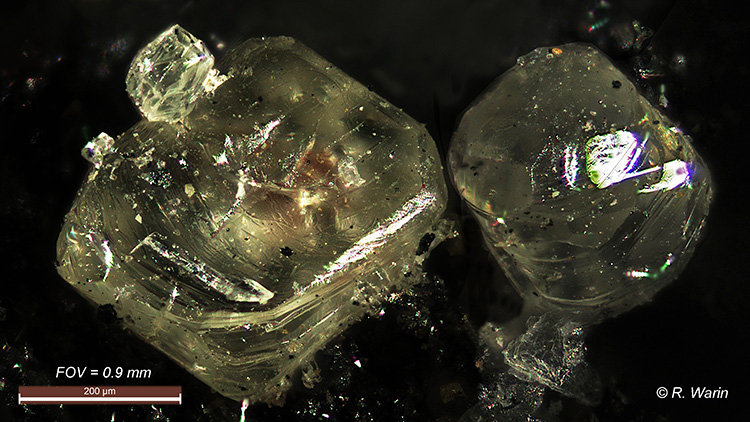
|
| Mineral: | Senarmontite |
| Locality: | | Antimonmine Goesdorf Mine, Goesdorf, Wiltz Canton, Luxembourg |  |
|
| Dimensions: | < 1 mm |
| Description: |
|
| Viewed: |
77 Time(s) |
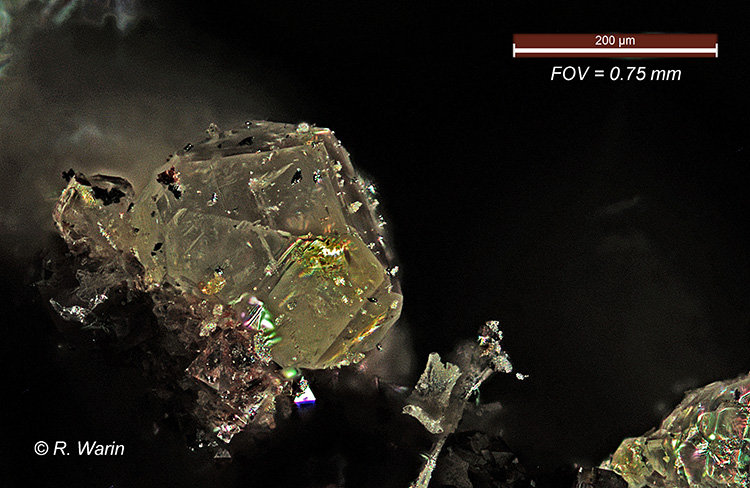
|
| Mineral: | Valentinite |
| Locality: | | Antimonmine Goesdorf Mine, Goesdorf, Wiltz Canton, Luxembourg |  |
|
| Dimensions: | < 1 mm |
| Description: |
|
| Viewed: |
76 Time(s) |
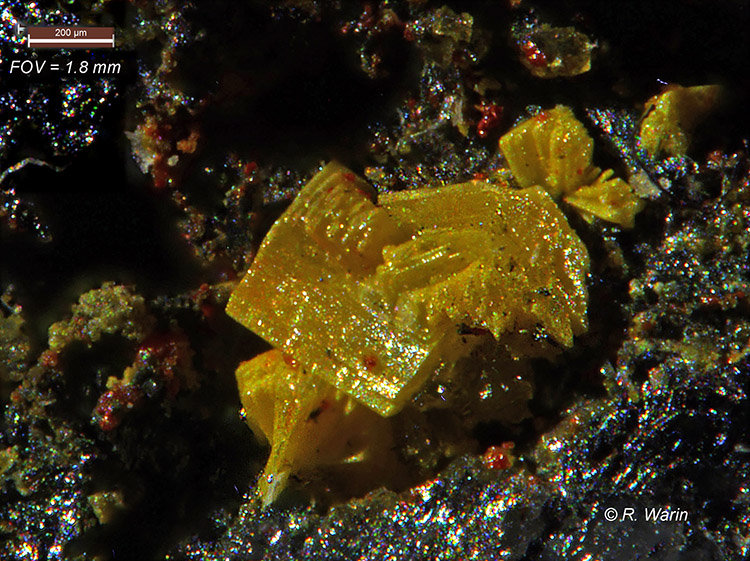
|
|
|





